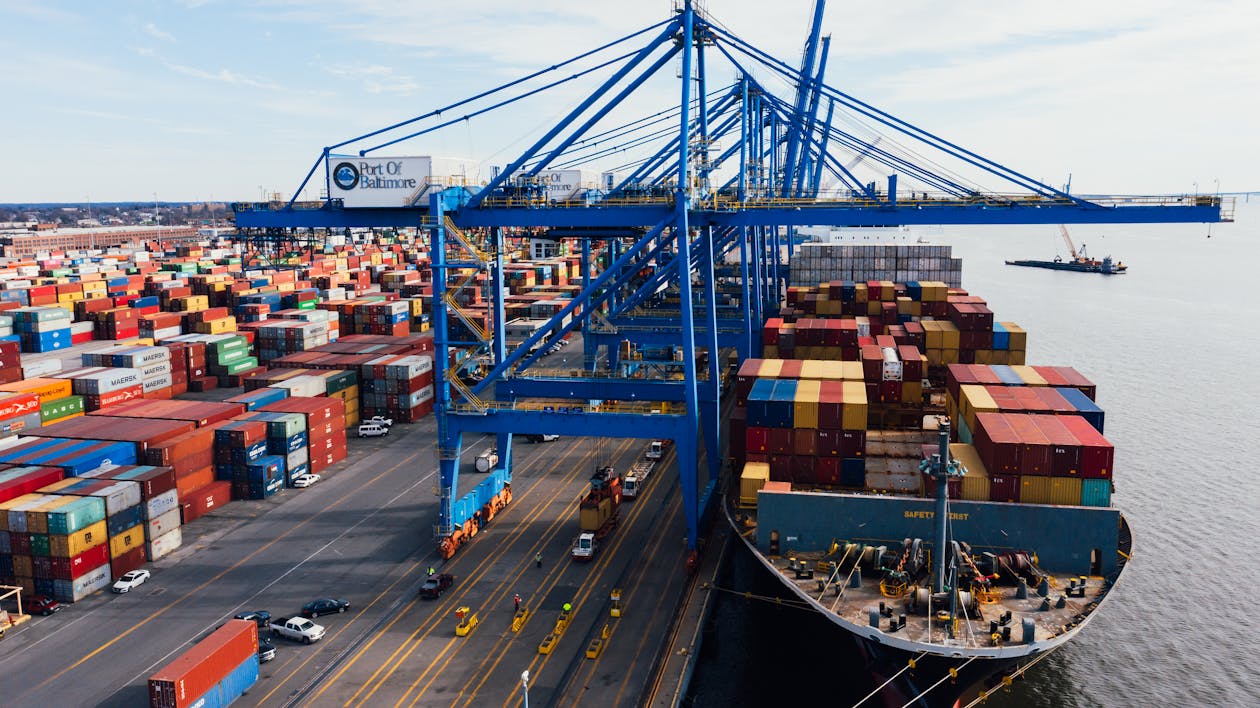A Q&A guide by Rodrigo Bellettini, Chief Commercial Officer Americas
The global trade landscape is shifting rapidly due to new tariffs, particularly those introduced under the Trump administration (e.g., Section 301 on China, Section 232 on steel and aluminum). Many of our customers have questions on how to adapt. Below is a Q&A guide based on the most common inquiries we’re receiving, along with how LEMAN is actively helping clients minimize risk and cost.
1. Can changing the Incoterm help avoid Trump-era tariffs (Section 301 or 232)?
No, changing the Incoterm (e.g., FOB, CIF, DDP) does not affect whether tariffs apply. U.S. tariffs are based on:
- Country of origin
- Customs value of the goods
Incoterms only define who is responsible for transportation, insurance, and duties, and when the risk transfers from seller to buyer.
For example, if you import Chinese-origin goods into the U.S., Section 301 tariffs will apply whether the Incoterm is FOB Shanghai or DDP Houston.
What Incoterms can impact is who pays the duties:
- FOB/CIF: Buyer typically pays duties upon import.
- DDP: Seller takes full responsibility for duties and taxes.
2. Can my company avoid tariffs by changing the country of origin?
No, simply routing goods through another country does not change their origin.
However, if a product undergoes substantial transformation in another country (i.e., a new product is created), it may qualify as originating from that country under U.S. Customs regulations. This must be fully compliant to avoid penalties.
3. Are product exclusions available?
Potentially, only under Section 301, the U.S. Trade Representative (USTR) has opened windows for exclusion requests. The last update on the USTR webpage has the exclusion requests deadline of March 31st. We are monitoring for any possible extensions.
It’s important to note that the exclusion process is dynamic, with periodic reviews and updates. Therefore, it’s advisable to regularly monitor the USTR’s announcements.
4. Can a Foreign Trade Zone (FTZ) help reduce tariff impact?
Potentially. FTZs allow companies to:
- Defer duties while goods are in the zone
- Eliminate duties on re-exported goods
- Pay lower duties if goods are transformed into a different tariff classification within the zone
5. Is reclassifying under a different HTS code an option?
Potentially. Some products may be classified under different Harmonized Tariff Schedule (HTS) codes that are not subject to additional tariffs.
However, any change must be legally justifiable. LEMAN can assist with HTS code service through our partner brokers.
6. Can duty drawback recover tariffs already paid?
Yes. If goods are imported and then later exported (or destroyed), companies may recover part of the duties and tariffs paid. The percentile recoverable needs to be verified on a case-by-case basis.
LEMAN offers support in managing duty drawback claims, helping clients recoup significant costs.
7. Do trade programs or Free Trade Agreements (FTAs) help reduce duties and tariffs?
Sometimes—Agreements like USMCA (United States-Mexico-Canada Agreement) or GSP (Generalized System of Preferences) can lower or eliminate base duties. However, Section 301 and 232 tariffs are usually applied in addition to standard duties.
8. Can restructuring the supply chain help minimizing tariffs?
Yes. Many companies have or are looking at possibilities to shift sourcing or manufacturing to a location paying lower tariffs.
LEMAN supports this process by:
- Comparing landed costs across regions
- Providing logistics solutions from alternative origins (e.g., Brazil, Mexico, Taiwan)
- Managing transitions with minimal disruption
9. What are the risks of trying to circumvent tariffs?
The risks are significant. Improper practices like misclassification, false country-of-origin claims, or transshipment through third countries can result in fines, audits, loss of import privileges, and even criminal charges.
10. How LEMAN Supports Customers in Today’s Trade Climate
At LEMAN, we understand that global trade is in flux, and proactive support is critical. Here’s how we’re helping our customers stay ahead:
- Real-Time Trade Policy Monitoring
We track and interpret new tariff regulations, USTR announcements, and policy shifts—keeping our clients informed and ready to act.
- Supply Chain Diversification Support
We help clients explore alternative sourcing markets, including cost modeling, supplier transitions, and full logistics execution.
- U.S. Manufacturing Logistics Support
For customers bringing production to the U.S., we provide complete logistics, warehousing, and distribution support, along with detailed cost analysis.
- Foreign Trade Zone Solutions
For clients re-exporting or processing goods in the U.S., we offer FTZ-based logistics models to eliminate or defer duties.
- Duty Drawback Expertise
Through our Broker partners we assist in identifying and claiming refund opportunities on eligible exports to recover tariff costs.
- Flexible & Agile Logistics Services
Our size and structure allow us to move fast. We offer Consolidation hubs, Cross-border trucking (U.S.–Mexico–Canada), Custom logistics setups for changing demand
- Responsive to Unpredictable Demand
We know customers can’t always forecast precisely in this environment. Our teams are ready to pivot quickly to meet evolving logistics needs. If you’d like to discuss your specific tariff exposure or how LEMAN can help minimize your risk and cost, please reach out directly.
